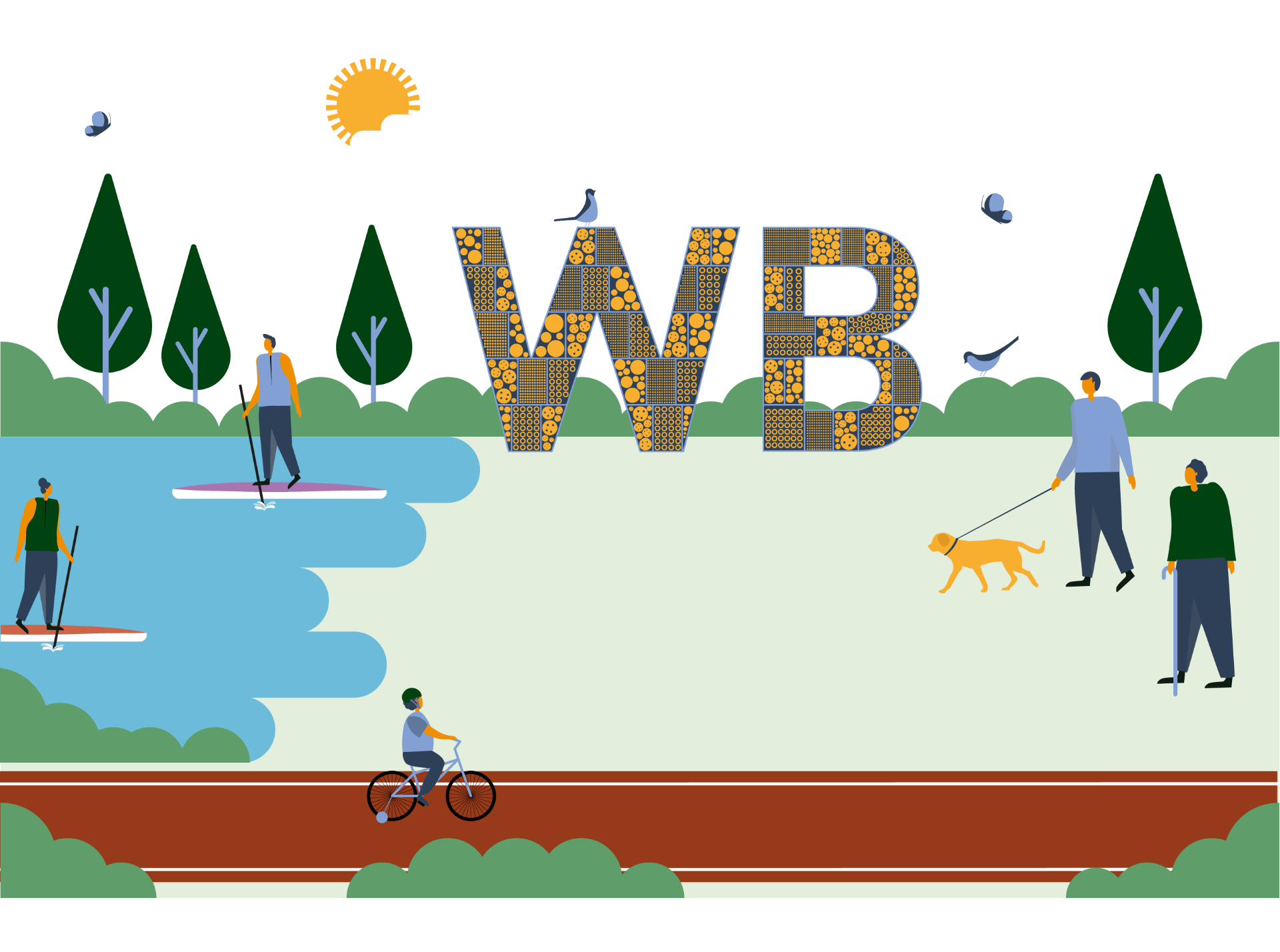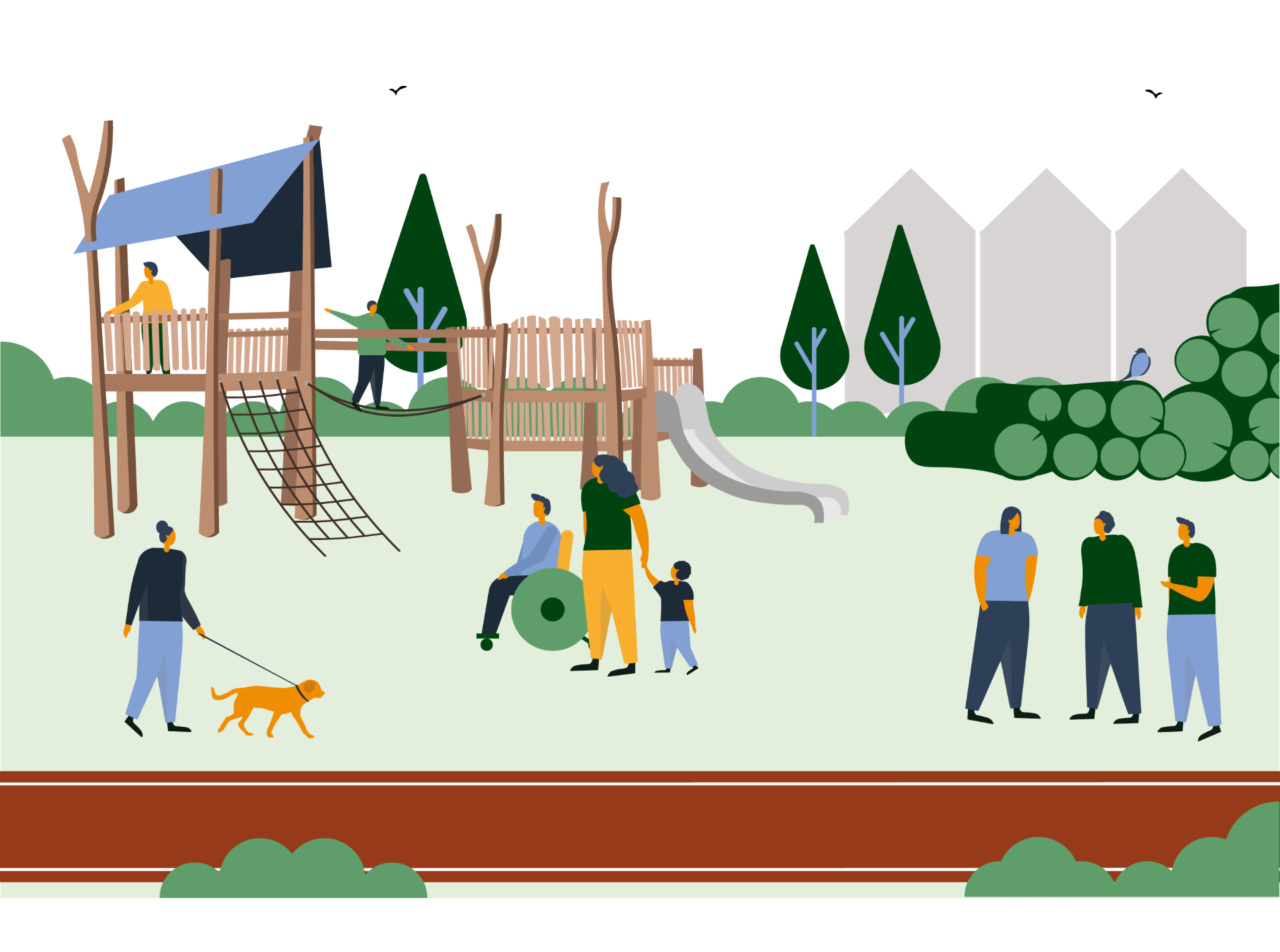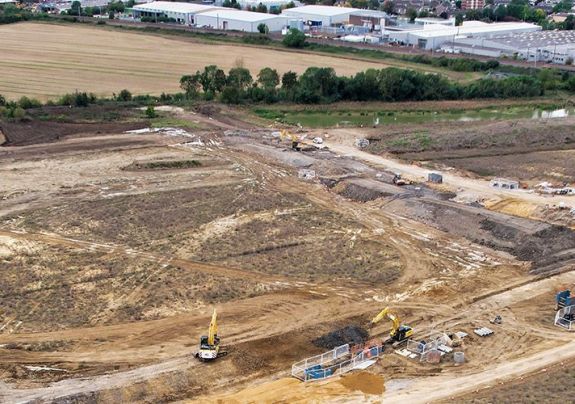The historic brooks at Wintringham will be reinvigorated by the development as blue networks running east to west and ultimately connecting up to the Great Ouse as it works its way through St Neots. The additional flows from connecting the brooks into the wider sustainable drainage system will provide year-round water that, together with reprofiling of the bank, additional planting and landscape works will also provide a rich haven for wildlife.
A Management and Maintenance Plan for the Wintringham Brook has been developed and agreed with the Wildlife Trust. This includes widening the existing ditch course to create seasonally wet habitat areas, creating hibernacula (natural cover that amphibians and reptiles use throughout the winter to protect themselves from the cold), removal of bramble and scrub and reseeding the banks with seed mixes selected to enhance biodiversity.
This habitat enhancement work will improve the environment for existing bird and bat species as well as increasing its value for additional species, some of which may include schedule 1 birds such as kingfisher, which have already been recorded using the Brook.
The restored and reinvigorated Wintringham Brook will also be more attractive and suitable for other UK priority species such as otter and water vole as well as fish and aquatic invertebrates, reptiles and terrestrial invertebrates including white spotted pinion moth and white-letter hairstreak. It is hoped that as part of our Species Action Plans, water voles and otter might even be reintroduced into the wider area.





Master Developer approach to infrastructure delivery
Richard Hepworth, our Director of Project Management, discusses Urban&Civic’s approach to infrastructure delivery and how we have worked with NHBC, Anglian Water and Breheny to speed up large-site delivery.
